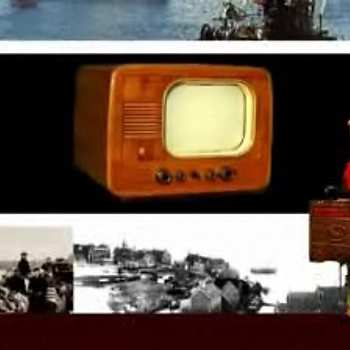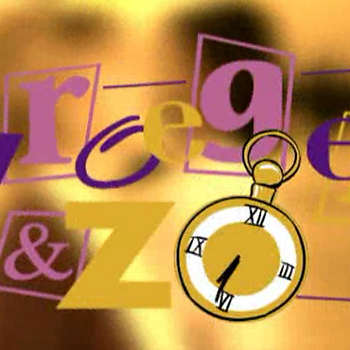To sea!
Michiel Adriaenszoon de Ruyter is born in 1607 in Vlissingen, the son of a brewery drayman. From early on it is clear that his future lies at sea. After briefly working as a rope maker, at the age of eleven he signs up as a boatswain’s apprentice on his first ship. It is the beginning of a life at sea. He sails the seven seas in various capacities and positions, such as privateer and captain of a merchant vessel. In 1652, he believes his earnings are sufficient to warrant a tranquil life on shore. However, this plan is thwarted by the Anglo-Dutch Wars.
Anglo-Dutch Wars
For a substantial part of the seventeenth century, the Republic is at war. In 1648, the Peace of Münster ends the Eighty Years’ War against Spain. Trade conflicts soon result in two naval wars with England. Following the outbreak of the First Anglo-Dutch War (1652-1654), the Admiralty of Zeeland requests De Ruyter to enlist in the navy. He accepts the position, for one voyage only. However, this turns out to be the start of a new career, culminating in the highest position in the navy: that of Lieutenant-Admiral.
In 1667, Grand Pensionary Johan de Witt devises a plan to win the Second Anglo-Dutch War (1665-1667). He has his brother, Cornelis de Witt, join De Ruyter in leading the fleet into the lion’s den and defeat the enemy on their own turf. The plan is successful, and a large section of the English fleet is destroyed near Chatham. The English flagship HMS Royal Charles is captured and taken back home in triumph. Her transom is now on display in the Rijksmuseum in Amsterdam.
Year of Disaster
The year 1672 has gone down in history as the Year of Disaster. France and England enter into an alliance in order to contain the power of the Republic. After the De Witt brothers are murdered, Prince William III is appointed as the new Stadtholder. Under his rule, De Ruyter defeats the Anglo-French alliance in three successful sea battles. The decisive one is the Battle of Kijkduin on 21 August 1673. Although the Anglo-French fleet is larger and has more ammunition, De Ruyter literally has the wind behind him and sails straight towards the enemy. This aggressive attack wins De Ruyter the battle. The French retreat during the blood bath, which leaves the Dutch fleet virtually without any resistance. Thus, De Ruyter manages to prevent the English from landing ashore.
In 1676, De Ruyter dies near Syracuse in a battle against the French. He is laid to rest in a marble mausoleum in the New Church in Amsterdam.
Image
In the seventeenth century, the administrators of the coastal provinces like to depict the Republic as a peace-loving maritime and trading nation that hates to wage war. In this self-made image, the admirals of the fleet are the great heroes. Their praises are sung in songs, their lives and actions are described in popular history books, and key naval battles are depicted in paintings and prints.
Michiel de Ruyter is still regarded as the best-known admiral in Dutch history. However, his reputation as a naval hero is also under discussion. Although he has freed enslaved European Christians, he has also sailed to the West African coast to protect Dutch trade interests, including the trade in enslaved Africans.

























